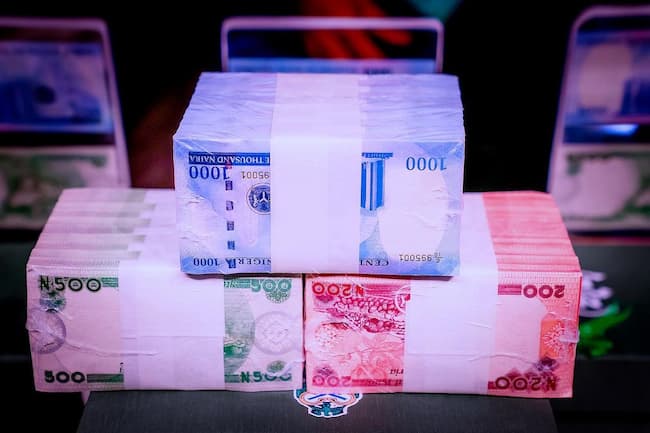Money market rates experience a decline as liquidity levels in the banking system increase, driven by cash reserve refunds and inflows from maturing OMO bills worth N317.66 billion. These inflows push the available liquidity in the financial system to approximately N810 billion on Tuesday, up from N402 billion, offering local deposit money banks more access to funding.
The rise in liquidity reduces the demand for funding from banks and other financial institutions, which results in lower rates in both the open repurchase (repo) and overnight markets.
According to Cowry Asset Limited, the Nigerian Interbank Offered Rate (NIBOR) shows mixed trends across different tenors. The overnight and 1-month rates drop by 0.14% and 0.03%, respectively, closing at 26.86% and 27.35%, in anticipation of a significant outflow linked to an upcoming bond auction.
However, the 3-month rate rises by 0.26% to 28.46%, while the 6-month rate remains unchanged at 28.93%, reflecting a stable money market environment.
Additionally, key money market indicators like the open repo rate (OPR) and overnight lending rate decline by 0.08% and 0.11%, respectively, closing at 26.50% and 27.00%.
Market liquidity is expected to decrease the following day, leading to higher interbank rates as the N606 billion in FGN bond auction proceeds are settled, according to traders.












